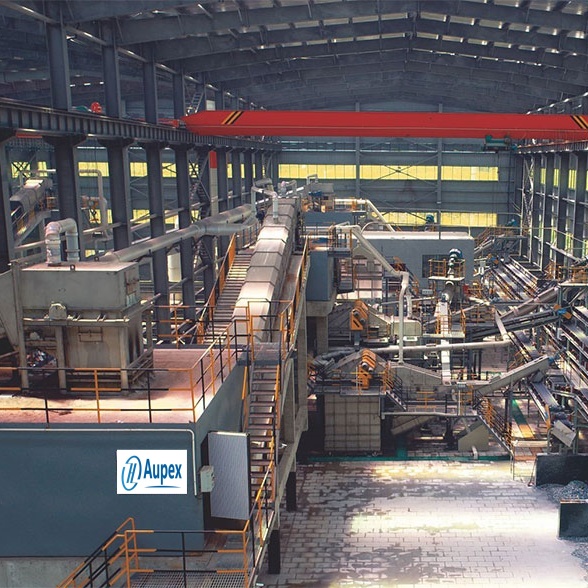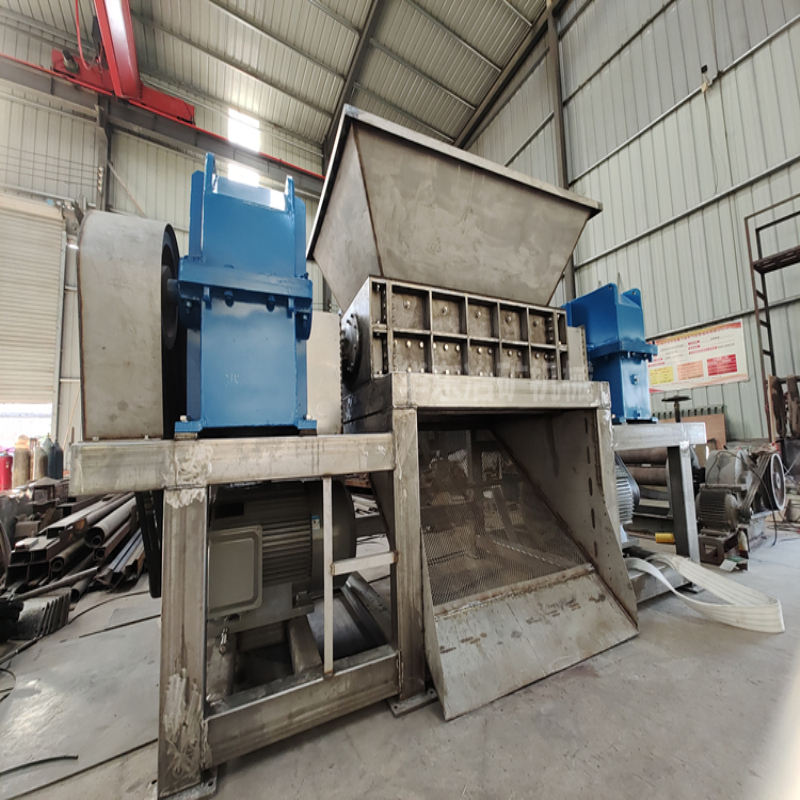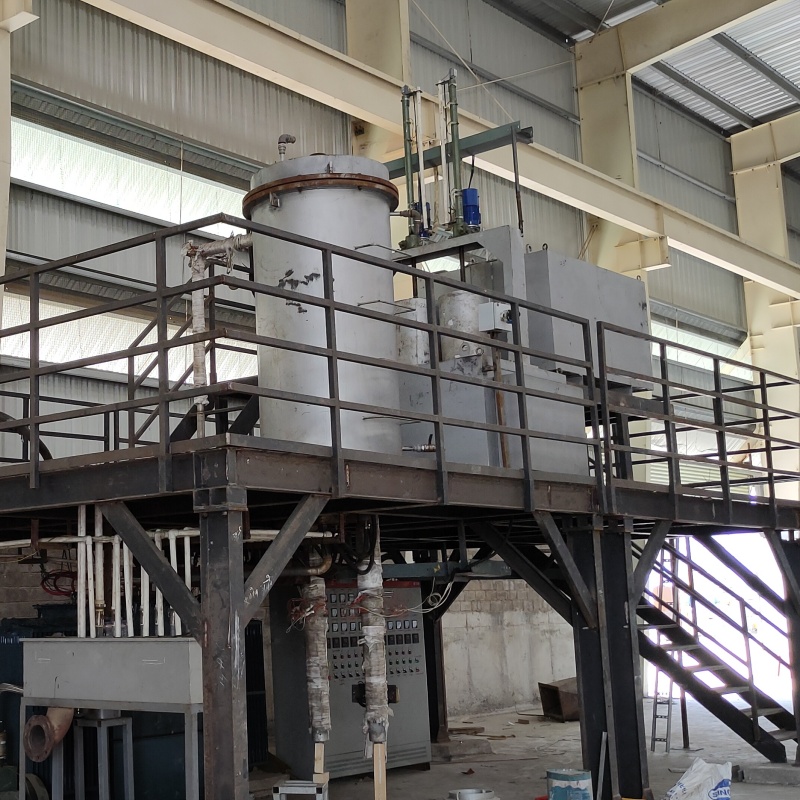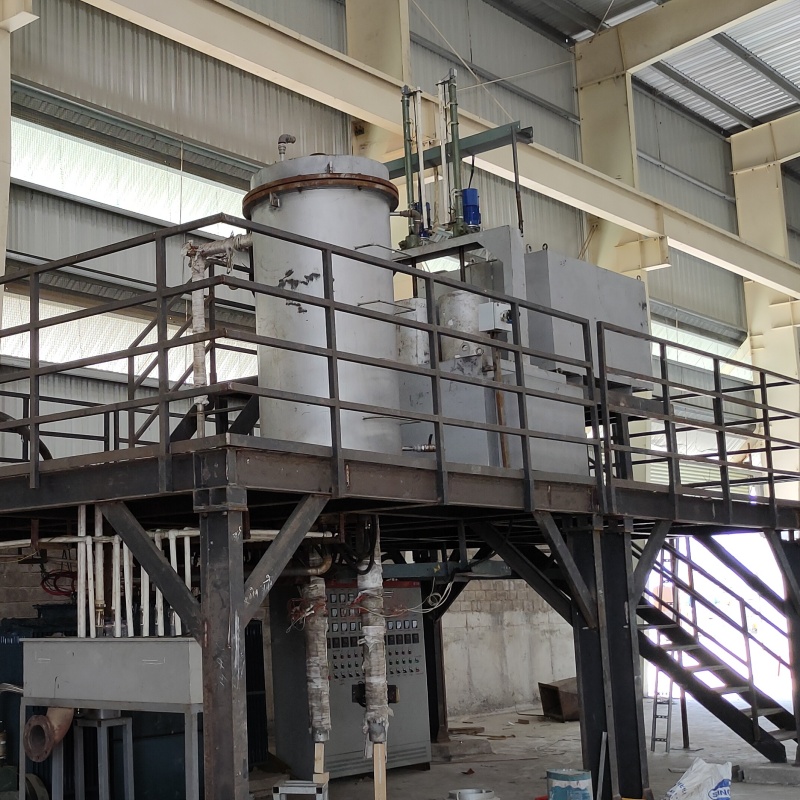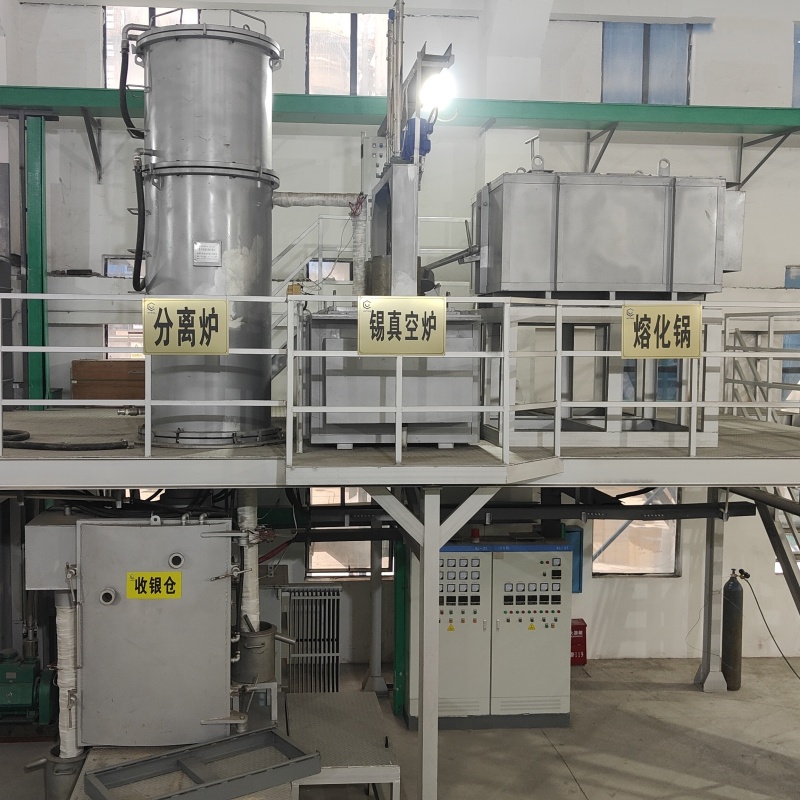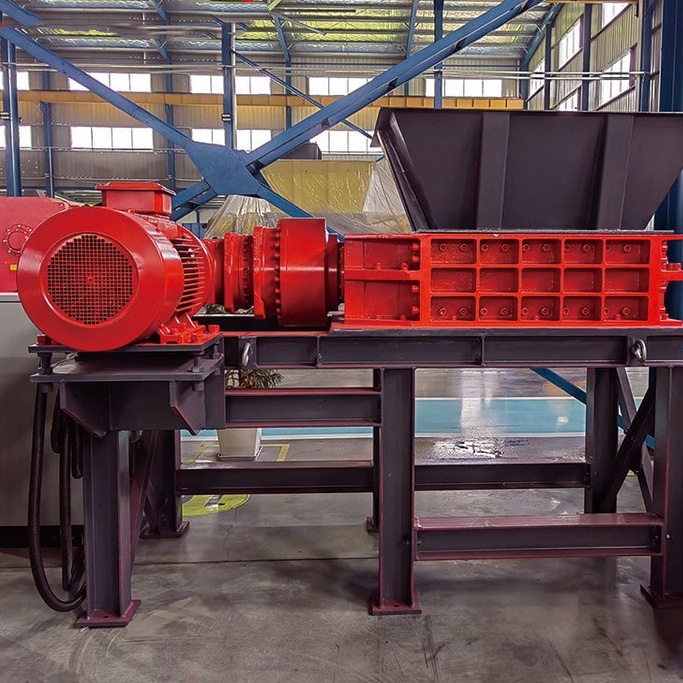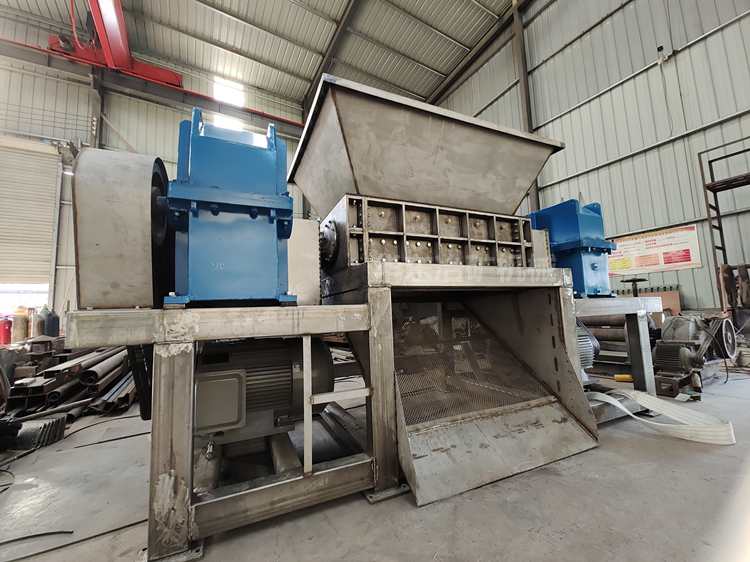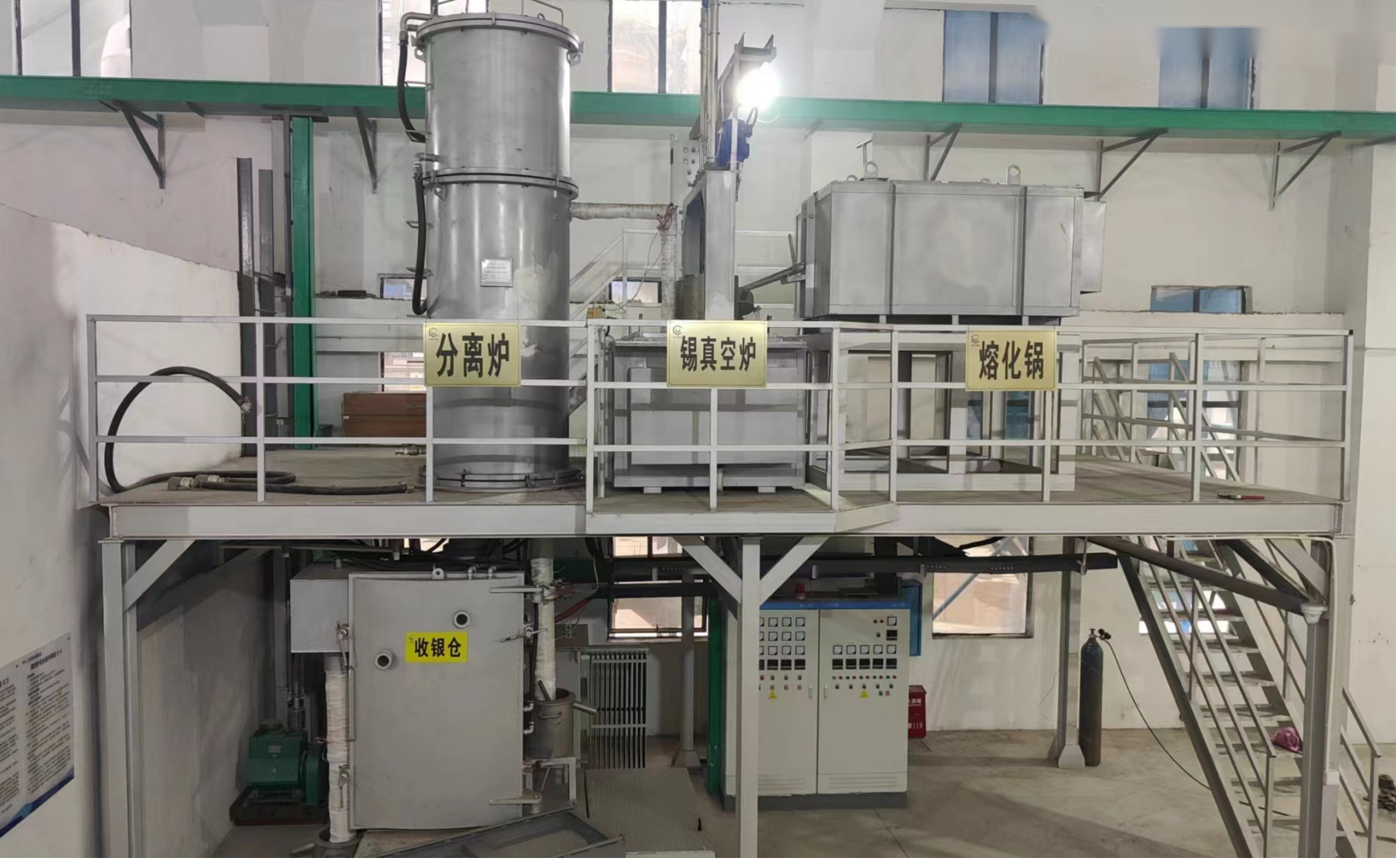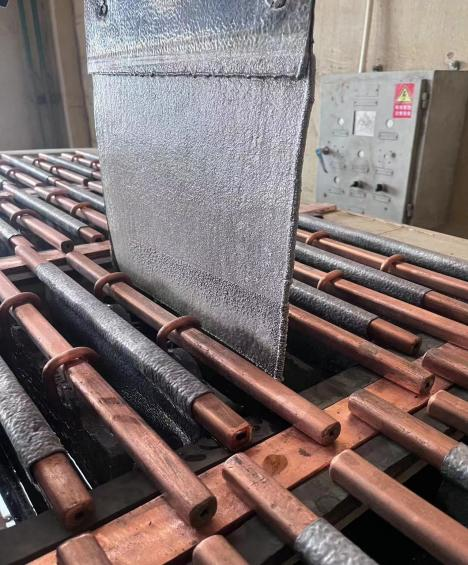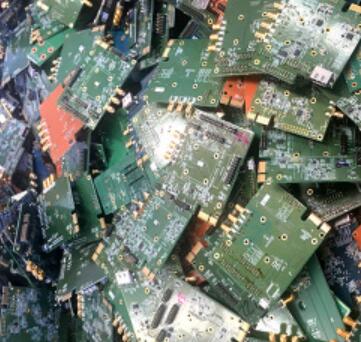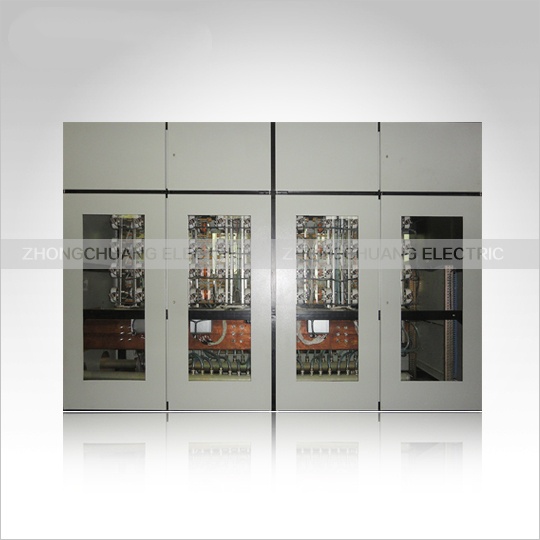Here are its main features:
1. High Power and High Current Output
Huge Power: Typically refers to output DC power ranging from hundreds of kilowatts to several megawatts (MW), with output current reaching thousands to tens of thousands of amperes, and voltage ranging from tens of volts to thousands of volts.
Low Voltage, High Current: This is the most typical characteristic. Many electrochemical processes (such as electrolysis and electroplating) require huge currents (thousands to tens of thousands of amperes) at relatively low DC voltages (tens to hundreds of volts).
2. High Efficiency and Energy Saving
Extremely High Conversion Efficiency: Modern high-power rectifier cabinets commonly use IGBTs as the core switching device, employing advanced PWM (Pulse Width Modulation) technology. The overall conversion efficiency typically reaches over 95%, even as high as 98%-99%. This results in significant energy savings for equipment operating continuously for extended periods, greatly reducing operating costs.
High Power Factor: Advanced power factor correction (PFC) technology can bring the input power factor close to 1 (e.g., >0.95), reducing the impact of reactive power on the power grid, avoiding penalties from the power sector, and improving grid quality.
3. Extremely High Stability and Reliability
High Current/Voltage Stabilization Accuracy: Capable of stabilizing the output current or voltage within ±0.5% or even smaller of the set value. This is crucial for ensuring the stability of the electrochemical reaction process and product quality (e.g., ensuring uniform plating thickness and purity of electrolytic products).
24/7 Continuous Operation Capability: Designed to meet the demands of harsh industrial environments and long-term uninterrupted operation, the selection and margins of key components (such as IGBTs, rectifier diodes, and heat sinks) are very ample.
Multiple Protection Mechanisms: Features comprehensive protection functions, including:
Overcurrent Protection
Overvoltage Protection
Undervoltage Protection
Over-temperature Protection (monitors radiator and transformer temperature)
Phase Loss Protection
Water Pressure/Flow Protection (for water-cooled systems)
These protections operate rapidly (microseconds or milliseconds) to prevent equipment damage due to malfunctions.
4. Precise Control and Regulation Capabilities
Digital Intelligent Control: The core controller typically uses a DSP (Digital Signal Processor) or PLC, enabling precise soft start/stop and automatic switching between multiple operating modes (constant current, constant voltage, constant power).
Flexible Communication Interfaces: Standard RS485 and Ethernet communication interfaces are included, supporting industrial protocols such as Modbus and Profibus. It can be easily integrated into the factory's DCS or SCADA system for remote monitoring, data acquisition, and centralized management.
Automation and Programming: Multiple process curves can be preset, automatically adjusting output parameters according to different products or process stages to achieve production automation.
5. Powerful Heat Dissipation Capacity
Due to its enormous power, the heat generated by internal losses is considerable, making the heat dissipation system a key design feature.
Water Cooling as the Primary Method: Most high-power rectifier cabinets employ closed-loop pure water cooling or a secondary cooling system of "water-to-water" or "water-to-air." This method offers extremely high heat dissipation efficiency, a compact structure, and effectively prevents dust and corrosive gases from entering the cabinet.
Air Cooling: Forced air cooling may be used in some lower-power applications or in more favorable environments, but the air ducts must be kept clean.
6. Design for Harsh Industrial Environments
High Protection Rating: The cabinet typically boasts an IP54 or higher protection rating, providing dust and splash protection, and adapting to humid, dusty industrial workshop environments.
Corrosion-Resistant Design: In environments with corrosive gases, such as chemical and metallurgical industries, special considerations are given to the cabinet material and surface treatment, such as using stainless steel or powder coating.
Strong Anti-Interference Capability: Power electronic devices themselves are sources of interference and are susceptible to interference. Its design boasts excellent electromagnetic compatibility (EMC), resisting interference from power grid fluctuations and other field equipment while suppressing its own harmonic pollution to the power grid.
7. Modular and Redundant Design
Modular Structure: Many high-power rectifier systems consist of multiple rectifier modules connected in parallel. The advantages of this design are:
Ease of Maintenance: A single module failure can be replaced online without affecting the operation of other modules.
N+1 Redundancy: A backup module can be configured; when any working module fails, the backup module automatically takes over, greatly improving system availability and reliability.
Flexible Power Expansion: Modules can be easily added to expand system capacity according to production needs.


